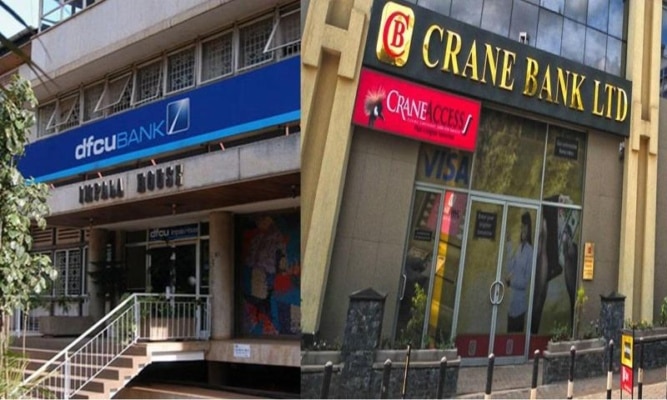The news of Bank of Uganda taking over management and closing down of Crane Bank Limited trekked into public spaces timidly in the third quarter of 2016. Ruparelia Group, the proprietor and highest shareholder of Crane Bank, issued public denials describing such talk as false and a rumour.
Bank of Uganda, the regulator of the banking industry also offered support to Ruparelia Group when the then governor of the central bank Emmanuel Tumusime-Mutebile (now deceased) issued a press statement saying Crane Bank was safe.
“It has been brought to our attention that messages have been circulating on WhatsApp instructing depositors to withdraw their money from Crane Bank within the next week. We wish to categorically state that these messages were not issued by Bank of Uganda,” the Late Mutebile said then.
The rumour persisted and indeed, on 20th October 2016, the Bank of Uganda took over the management of Crane Bank, the commercial bank which had been started in 1994 by businessman Sudhir Ruparelia, the chairman of Ruparelia Group, for being significantly under-capitalised.
In the statement signed by governor Mutebile, the Bank of Uganda said Crane bank posed a systemic risk to the stability of the financial system and the continuation of the bank’s activities was detrimental to the interests of its depositors.
Mutebile then appointed a statutory manager, Edward Katimbo Mugwanya, to run the bank and suspended the board of directors of the bank. He was quick to assure depositors that their money was safe as the bank would continue to operate under the Mugwanya management.
That a week ago before the takeover of the Crane Bank, the central bank was denying that Crane Bank was vulnerable perturbed the public. Just about a year before, Crane Bank had been voted the best bank in Uganda by the UK based Financial Times Publishers and organizers of the Banker’s Magazine, an accolade they had previously won numerous times.
The takeover of Crane Bank by the Bank of Uganda sparked off bad blood between the two institutions that led to a historical court battle that only arrived at its end five years later, in 2022 with the central bank on the losing side at the Supreme Court directed that it pays costs and reverts Crane Bank to its shareholders.
So many things happened in the five years including a parliamentary inquiry by the Parliamentary committee on Commissions, Statutory Authorities and State Enterprises (COSASE) that investigated the closure of seven banks by the Bank of Uganda.
Under the chairpersonship of Abdul Katuntu (MP Bugweri County), COSASE filed a report that faulted the central bank for not falling the laws, corruption, intrigue and other misdemeanours when causing the closure of not only Crane Bank but also other six banks.
The other banks included Teefe Trust Bank LImited, International Credit Bank Limited, Co-operative Bank Limited, Greenland Bank Limited, National Bank of Commerce and Global Trust Bank (U) Limited. The Auditor General Report on which the COSASE investigation was based highlighted broad corruption, misappropriation of funds by the Bank of Uganda and illegal closure of commercial banks.
But before the COSASE inquiry, the takeover of Crane Bank by Bank of Uganda had been marred by irregularities including the fraudulent manner in which the central bank sold Crane Bank assets to dfcu Bank via a phone call instead of the standard and statutory open bidding.
At the helm of causing the closure of Crane Bank, National Bank of Commerce and Global Trust Bank (U) Limited was Dr Luis Kasekende, the then deputy governor and Justine Bagyende the executive director supervision. In various reports, these were held accountable personally.
And as the Crane Bank – Bank of Uganda comes to an end, the central bank as the regulator of the financial sector is left with an egged face with a lot of work to do to bring its house in order and gain not only public trust but also from the financial institutions it regulates.
Do you have a story or an opinion to share? Email us on: dailyexpressug@gmail.com Or follow the Daily Express on X Platform or WhatsApp for the latest updates.

